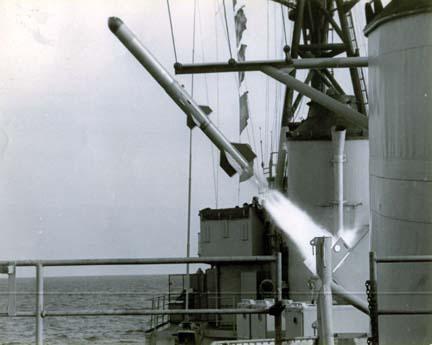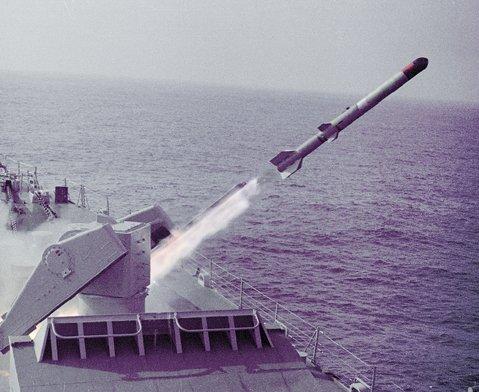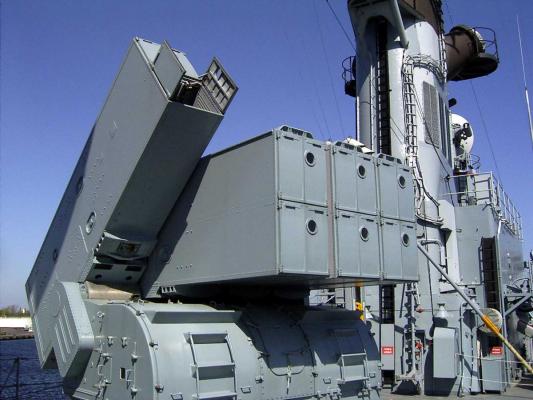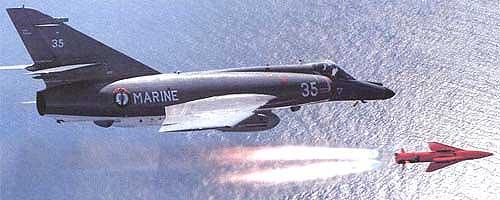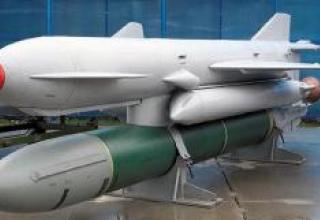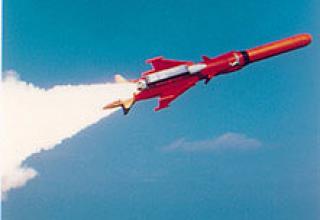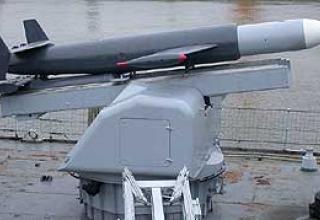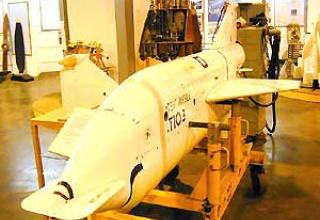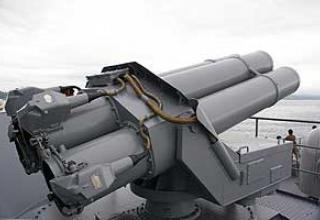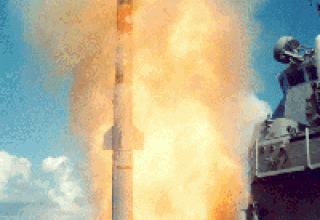The Asroc anti-submarine missile system has been in service with the US Navy since 1961. It has been installed on many surface ships of the US Navy and a number of other countries (Brazil, Canada, Germany, Italy, Japan, Greece, Pakistan, South Korea, Spain, Turkey and Taiwan). By 1990, over 20,000 missiles of this type had been launched.
Western experts estimate that Asroc's anti-submarine missile systems are one of the most effective anti-submarine warfare tools, which is due to a number of advantages of these systems compared to other means of destroying enemy submarines.
These include:
- delivery of the combat unit (BC) to the target at high speed, which increases the probability of hitting the target because the enemy's PL can only move a short distance from where it is detected;
- starting all torpedo subsystems (if used as a warhead) in the immediate vicinity of the target, which facilitates successful attack;
- the ability to engage in combat under almost all weather conditions day and night;
- short reaction times of complexes;
- the ability to fire multiple rounds of fire, which increases the probability that the target will be hit.
During its service the complex has been repeatedly upgraded. Improvement of the complex was carried out in the direction of increasing the range of fire, replacing the Mk44 torpedo with a more effective anti-submarine torpedo Mk46, as well as introducing radio control of the missile flight on the trajectory. In 1990, the ASROC-VLA system with the RUM 139 missile was adopted for service.
Composition:
The complex consists of:
- rocket torpedoes RUR-5A (see diagram),
- launcher type Mk10, Mk20, Mk26 or Mk112 (see photo 1, photo 2, photo 3, photo 4),
- the ship's GAS AN/SQS-23 (or AN/SQS-26),
- firing control systems Mk111
- of the ship's storage, feed and recharging subsystem.
The Asroc anti-submarine missile consists of a combat unit and a solid-propellant rocket motor tandem behind it, connected by an adapter (intermediate compartment), in which there are time relays (controlling the shutdown and separation of the engine compartment) and a brake parachute. The marshal engine has a thrust of 5000 kgs. To ensure flight stabilization, the rocket is equipped with stabilizers located in the tail of the rocket engine and on the adapter. As a warhead, a small-size anti-submarine torpedo can be used, as well as a nuclear depth bomb with a charge from 1 to 10 kt.
Depending on the type of warhead, the following missile modifications are known:
- "Asroc" RUR-5a Mod.3 - with Mk44 torpedo;
- "Asroc" RUR-5a Mod.4 - with Mk46 torpedo;
- "Asroc" RUR-5a Mod.5 - with Mk17 nuclear depth bomb;
RUR-5 flies on ballistic trajectory, after launch the rocket is autonomous and its trajectory from the carrier is not corrected. The firing range is determined by the burning time of the solid propellant charge of the marching engine, which is entered into the time relay before launch. At the design point of the trajectory, the marching engine is separated, and the combat unit with the adapter continues to fly to the target. When used as a combat unit, the Mk44 torpedo is braked on this section of the trajectory by a 1.8 m diameter brake parachute. Immediately before diving, the adapter is separated and the combat unit enters the water, the parachute is separated, and when used as a combat unit, the torpedo launches its engine and the depth bomb explodes at a given depth. After reaching the target depth, the torpedo searches for a target. If no target is found on the first lap, it continues the search at several depth levels by diving into a pre-determined program. Once a target is detected, the torpedo moves closer to the target. The limited speed and range of the Mk44 torpedo allows it to be used against submarines travelling at speeds not exceeding 24 knots.
Wide spread of ASROC complex on ships of different classes was greatly contributed by successful design of Mk112 launchers manufactured in USA and UK. The ASROC 22-ton ship's launcher consists of four twin cassettes, each of which accommodates 2 missiles. The unit can be rotated horizontally by 350° and each cassette is guided through an elevation angle of -3 to 85°. It fires a single missile and a volley in any combination of 2 to 8 missiles, located in the cassettes on retractable rails in constant operational readiness. The cassette flaps are opened and the retractable rails are moved into the operational position 30 seconds prior to missile launch. In the marching position, the cassettes are kept at the set temperature, which ensures a constant rate of combustion of the rocket engine solid propellant charge under all climatic conditions. On U.S. ships, the Mk112 launcher and the missile storage, feeding and recharging system are separated into the Mk16 launch complex, which has nine modifications. In addition, RUR-5A can be used with Mk13 or Mk26 PU. Missiles can be used at sea disturbance up to 6 points.
Ship hydroacoustic stations of АN/SQS35-23, -26 types are used in the complex as means of detection and target designation.
The most important elements of the ASROC complex are the Mk111 firing control system and the ship's GAS. The Mk111 counting and resolution device, based on the data received from the GAS, provides continuous determination of current coordinates, taking into account the course and speed of the carrier ship, wind direction and speed, air density, as well as generates raw data, which are automatically entered into the launcher and the on-board missile system. If necessary, the firing is controlled manually from the control panel of the ship's commander.
Characteristics:
| Range of fire, km : - maximum - minimum |
10 1.5-2 |
| The dimensions of the rocket, m : - length - case diameter - wingspan |
4.89 0.358 0.696 |
| Starter weight, kg | 639 |
| Average flight speed, m/s | 315 |
Testing:
During Operation Desert Storm in 1991, French Jaguar aircraft used AS-30L, which was normally launched from the aircraft during a 1.3 km dive (2.2 km entry altitude). A container with Atlis-2 target designation system was used for laser illumination of targets, suspended on a sub-basement pylon. A video was shown to the press depicting the AS-30L missile hitting a fortified ammunition depot, flying into its premises through the right gate door. In total, about 60 missiles were fired during this operation, the number of hits was 97% (according to other data 80%). According to French pilots in the Middle East theatre of war, they began to record ground targets at a distance of 16-20 km using the television system of the upgraded Atlis-2 container.
During NATO's air aggression against Yugoslavia in 1999, French Super Etendart fighter jets struck targets in Serbia (mainly in the western and southwestern parts of the country), attacking army and paramilitary police units while providing advanced aircraft pointers (AFAC), whose functions were taken over by American tactical F-16C fighters. The combat missions were conducted by pairs of aircraft - one aimed at the target using the Atlis-2 laser system, while the other struck by AS-30L missiles or laser-guided 500-pound GBU-12 bombs.
Sources:
- К.Сергеев "Противолодочные ракетные комплексы" , Зарубежное военное обозрение N7, 1989 год
